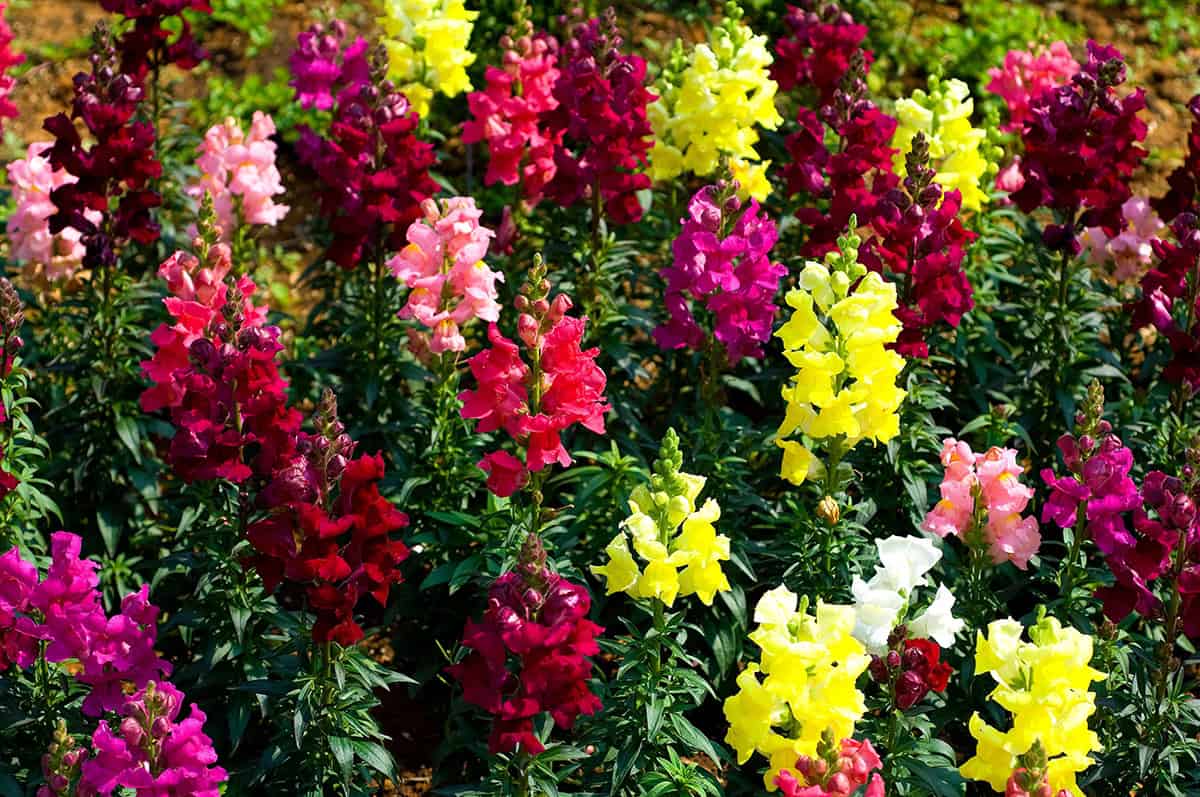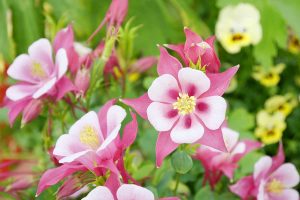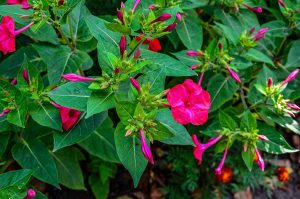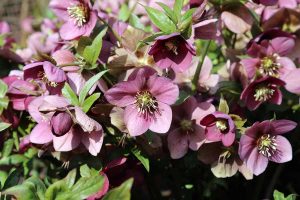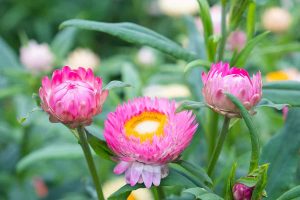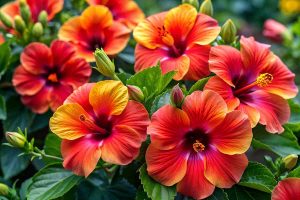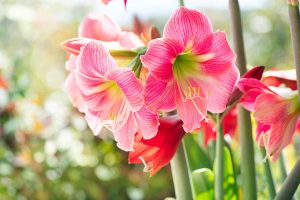November might feel like the time to pack away your gardening tools, but it’s actually the perfect moment to get some flowers in the ground. Curious which ones? This article will show you.
Table of Contents
- Flowers To Plant In November
- Pansies
- Violas
- Snapdragons
- Sweet Alyssum
- Calendula
- Chrysanthemums (Mums)
- Dianthus
- Stock (Matthiola)
- Cyclamen
- Hellebores (Christmas Rose / Lenten Rose)
- Ornamental Kale & Cabbage
- Primroses
- Forget-Me-Nots
- Petunias (In Warm Climates)
- Nemesia
- Larkspur
- Foxglove
- Sweet Peas
- Iceland Poppies
- Wallflowers (Erysimum)
- Anemones
- Ranunculus
- Tulip Bulbs (For Spring Bloom)
- Daffodil Bulbs (For Spring Bloom)
- Hyacinth Bulbs (For Spring Bloom)
- Crocus Bulbs (For Spring Bloom)
Flowers To Plant In November
Getting the right flowers in the ground now means color through winter and a stronger show in spring. Cool-season annuals and hardy perennials don’t mind the chill.
Pansies
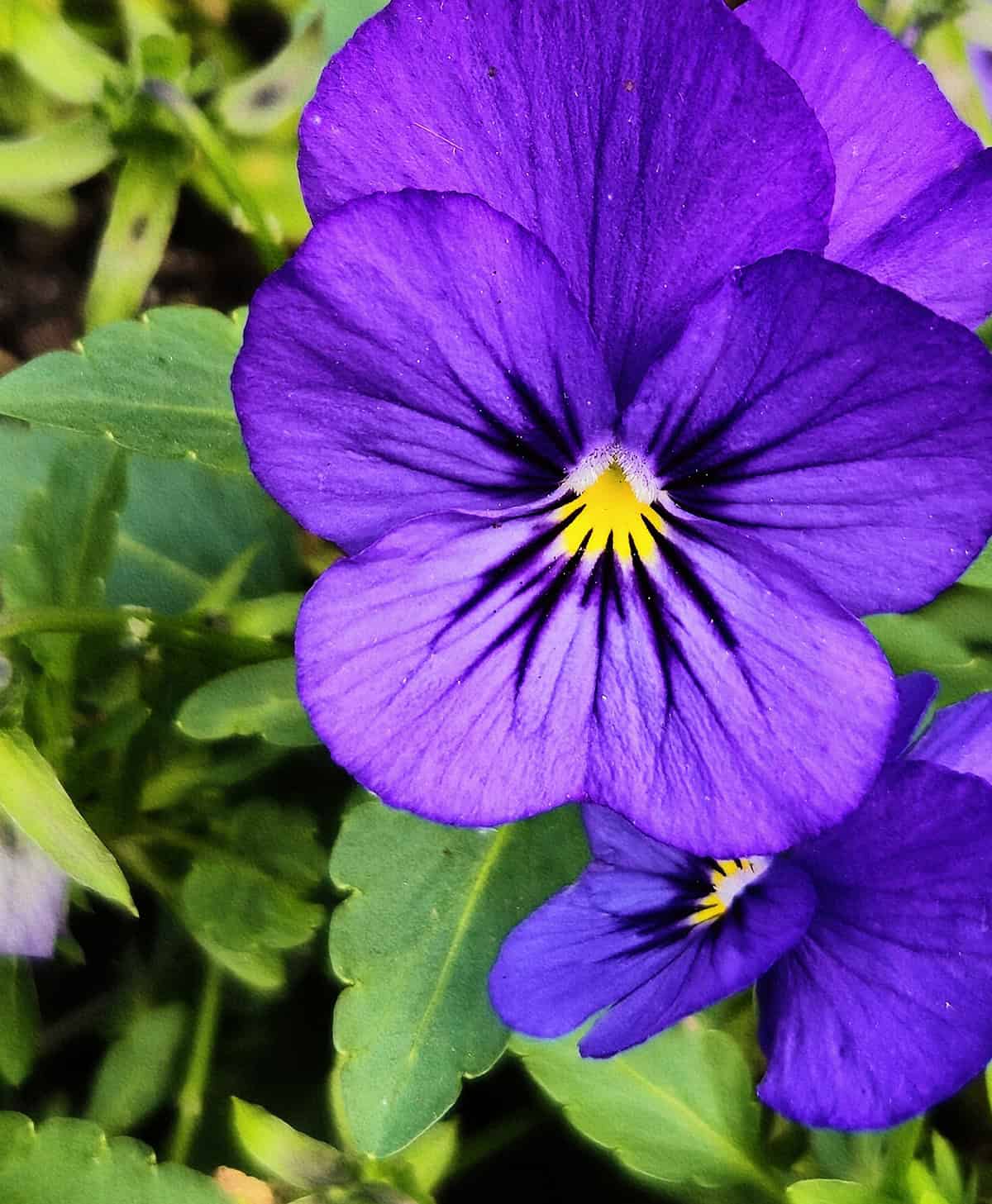
These bold-faced favorites come in nearly every color and handle frost like champs. Tuck them in now, and they’ll bloom right through the cold spells. They like sun—full or partial—and soil that drains well.
Give each plant some breathing room and snip away old blooms for more flowers. A light feed every now and then helps. In spots with gentle winters, pansies can stick around until spring’s in full swing.
Violas
Violas might be smaller than pansies, but they’re relentless bloomers. They’ll keep going even if there’s a dusting of snow or the thermometer dips into the twenties. Great for groundcover or tucking into small pots.
If you mix up the varieties, you’ll get a fun blend of colors and textures. Keep the soil moist but not soggy, and deadhead for extra blooms. They’re not fussy but do appreciate rich, well-drained earth.
Snapdragons
Snapdragons bring those tall, colorful spikes—shades from pink to yellow, red, and white. If you plant them now, roots get settled before hard freezes. Down south, they might even bloom all winter.
They love sun and don’t mind a little frost, but shelter from strong winds is smart. Tall types sometimes need staking. Keep the soil damp and check for aphids now and then.
Sweet Alyssum
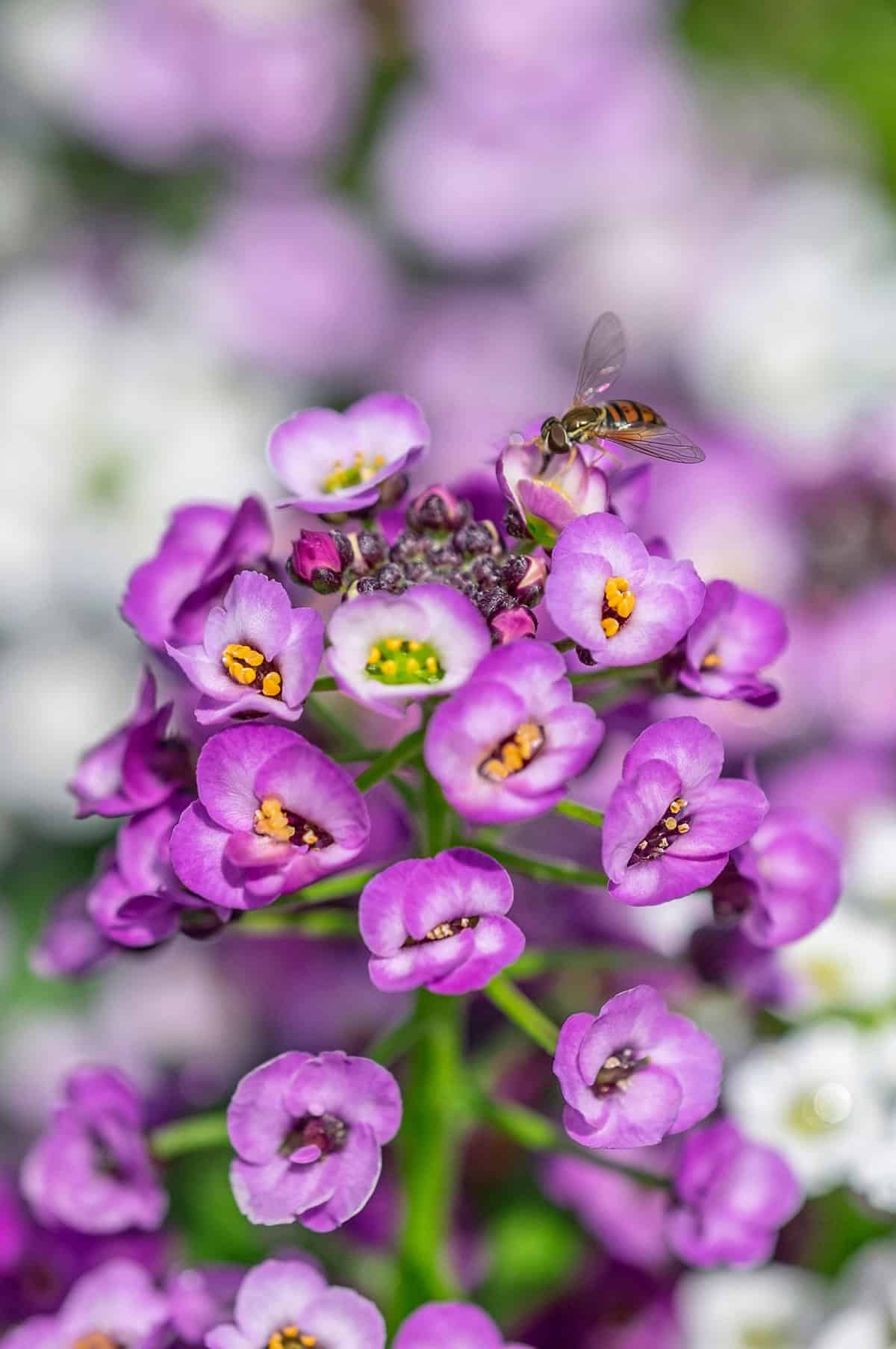
With its honey-scented clusters, sweet alyssum keeps going until a real freeze hits. It bounces back after a cold snap and works beautifully along edges or in baskets.
Sun and drainage are a must—too much water will do them in. Wait for the topsoil to dry before watering again. If you stagger your plantings, you’ll get blooms nearly nonstop.
Calendula
Calendula’s bright orange and yellow flowers don’t flinch at chilly weather or a light frost. Sow seeds now for blooms in late winter or early spring.
They prefer sun but won’t sulk in light shade. Pinching off spent flowers encourages new buds. Calendula attracts pollinators and shrugs off most pests. Loose, fertile soil helps them settle in faster.
Chrysanthemums (Mums)
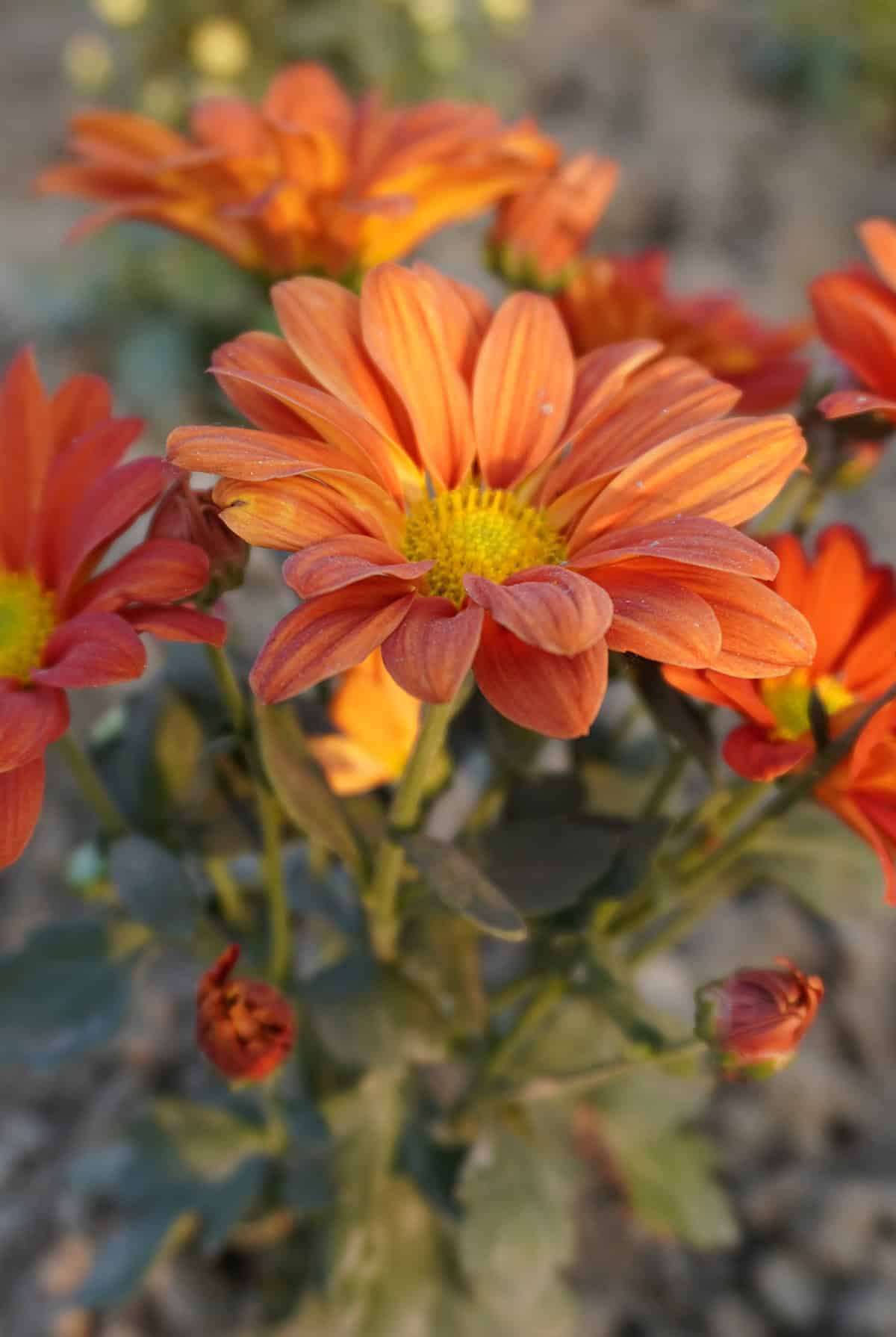
If it’s still mild, you can squeeze in mums early this month. Their big, bold blooms scream “fall” and deliver instant color.
Pick a sunny spot and water them regularly, but don’t drown them. Removing faded flowers gives you more color for longer. After they finish, trim back and mulch for winter.
Dianthus
With their spicy fragrance and fringed petals, dianthus (think pinks, carnations, sweet williams) are a treat. Fall planting gives their roots a head start.
They need sun and soil that drains well. Don’t crowd them—airflow is key. Go easy on fertilizer. Mulch helps if your winters get harsh. Expect flowers from late winter onwards.
Stock (Matthiola)
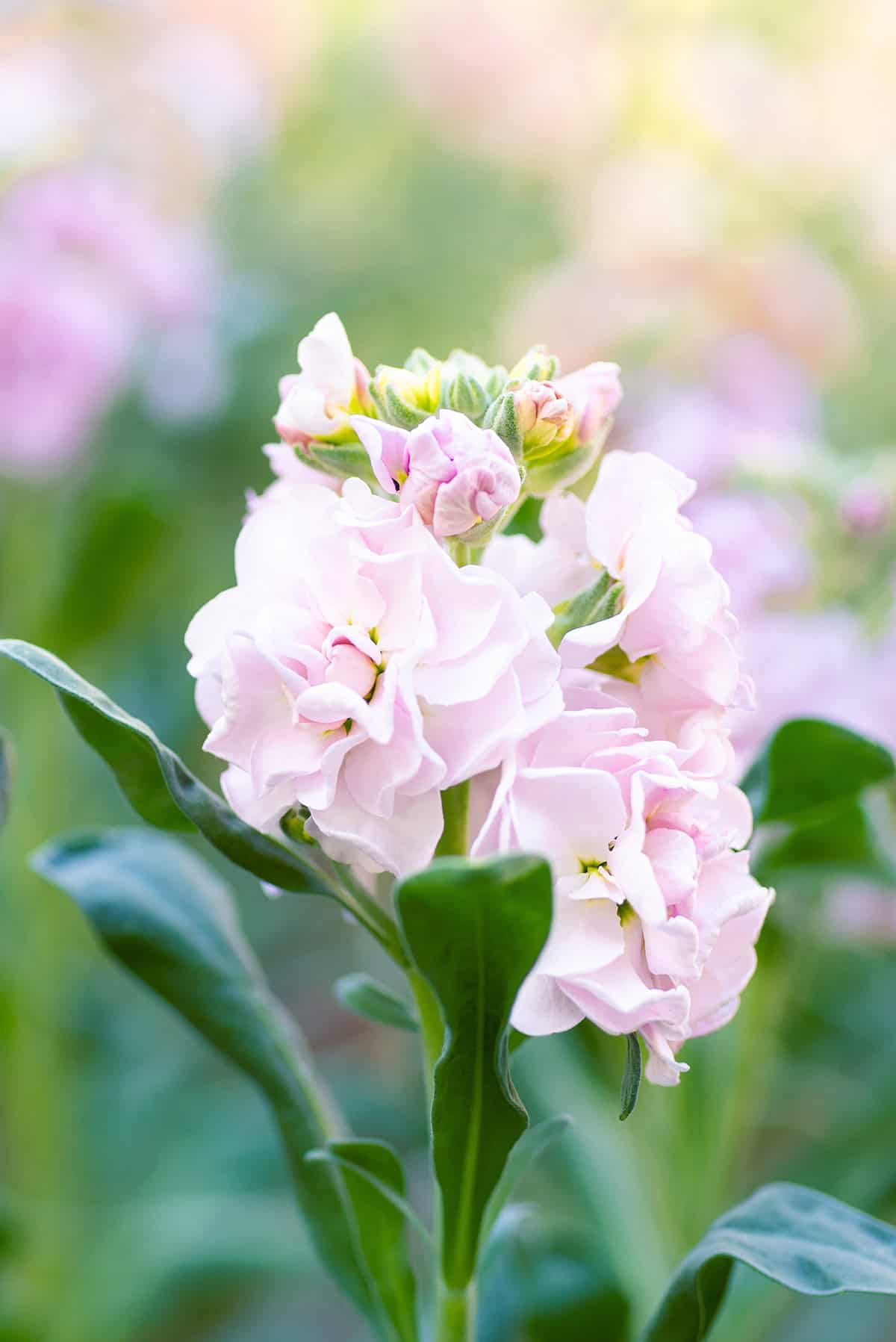
Stock is prized for its scent and tight flower spikes. Cool weather suits it, but heat cuts the show short.
Find a sunny, sheltered spot and rich, well-drained soil. Slugs and snails can be a nuisance if it’s damp. Water at the base to keep leaves healthy.
Cyclamen
Those upswept petals in pink, red, or white hover over marbled leaves. Cyclamen like cool weather and will bloom reliably as the days get shorter.
Partial shade and loose, draining soil keep them happy. Let the soil dry a bit between waterings. A mulch of leaves helps protect roots from freezes.
Hellebores (Christmas Rose / Lenten Rose)
Hellebores are tough—blooming when almost nothing else dares. Their nodding flowers sometimes peek through snow in late winter.
Get them in the ground now so they can settle. Shade and soil rich in organic matter are best. Mulch helps keep moisture in and weeds out. Once they’re established, they’re drought-tolerant and deer usually leave them alone.
Ornamental Kale & Cabbage
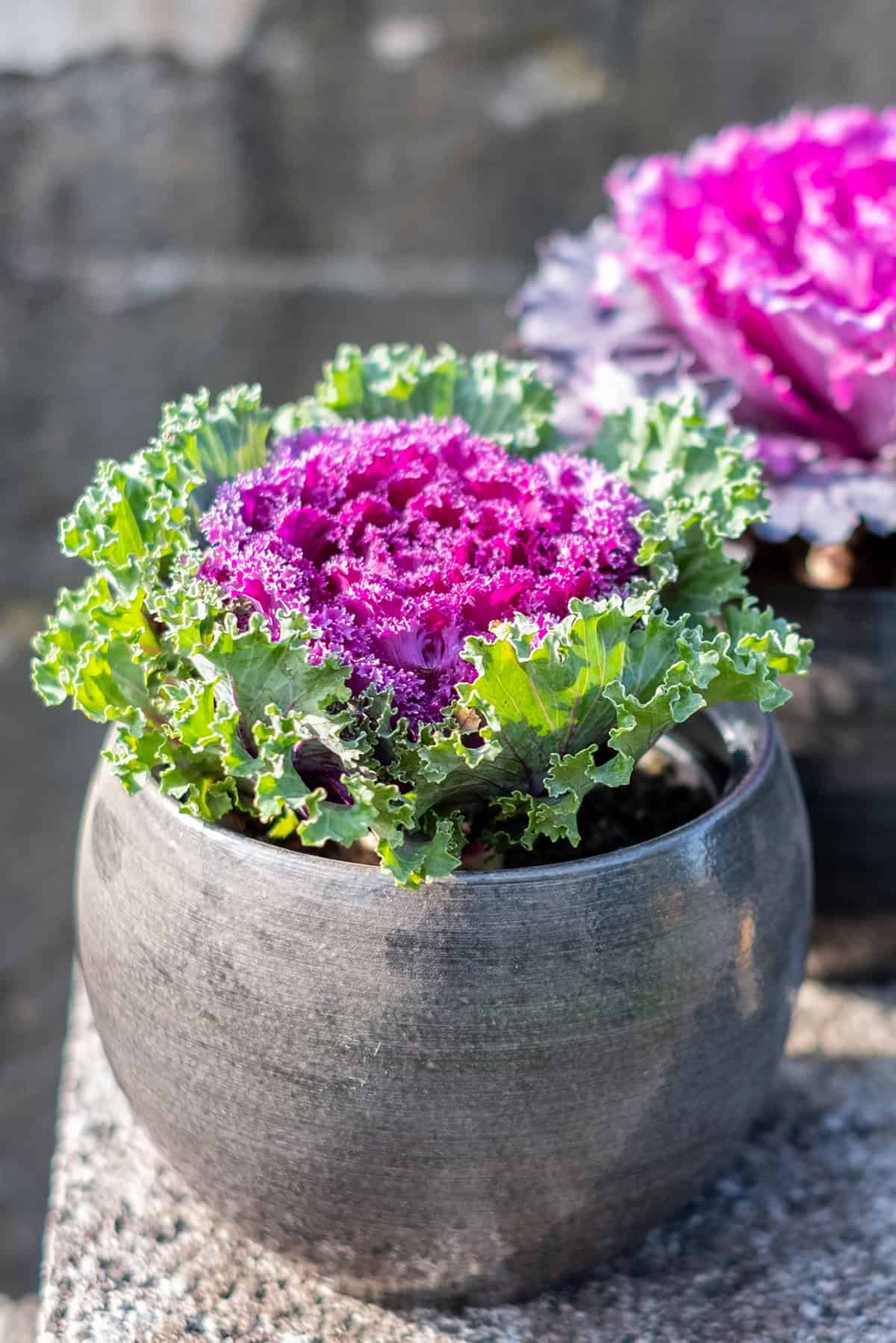
These aren’t just for veggie patches. Ornamental kale and cabbage put out dramatic purple, pink, and white rosettes, and the color gets bolder as it gets colder.
Full sun brings out their best colors. Don’t overfeed—otherwise, they’ll get leggy. Water moderately and keep an eye out for cabbage worms. They’re just as striking in pots as in beds.
Primroses
Primroses are little bursts of color for borders or containers. Hardy types can go in the ground this month for a jump on spring.
They like partial shade and rich, moist soil. Keep them watered and cool. Snip off old leaves and blooms to keep them tidy. A mulch layer helps them get through winter.
Forget-Me-Nots
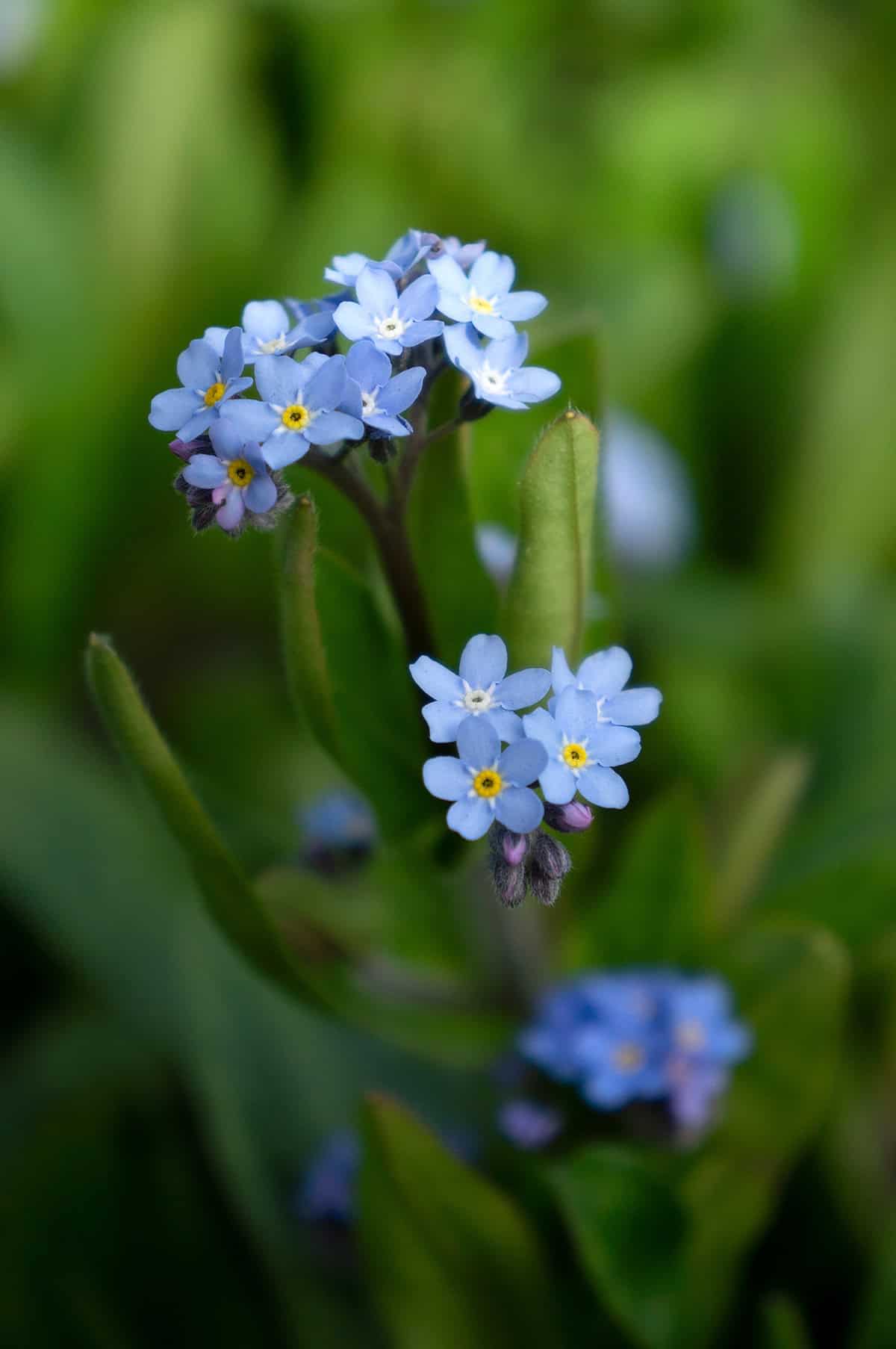
Forget-me-nots are classic for a reason—soft blue carpets in early spring, and they self-seed for years to come.
They’re happiest in cool, moist spots. Scatter seeds in fall for a natural look under trees or along paths. Water sparingly over winter and thin seedlings if they’re crowded.
Petunias (In Warm Climates)
If you’re in the South, petunias can go in now. They’ll bloom for months in every color but true blue.
Sun is a must for full, bushy plants. Use light, fertile soil and water deeply but not too often. Deadheading keeps the blooms coming.
Nemesia
Nemesia comes in punchy yellows, blues, and pinks. It’s a good pick for mild-winter or coastal areas.
Give them sun, some afternoon shade, and moist, fertile soil. Don’t let them get soggy. These little guys are great for pots or tucking into beds.
Larkspur
Larkspur likes to start in cool soil, so fall is the sweet spot. By spring, you’ll get tall spikes in blue, white, or pink.
Sow seeds directly if your winters aren’t brutal. They want sun and slightly alkaline, well-drained soil. Thin seedlings for space and stake if they get tall.
Foxglove
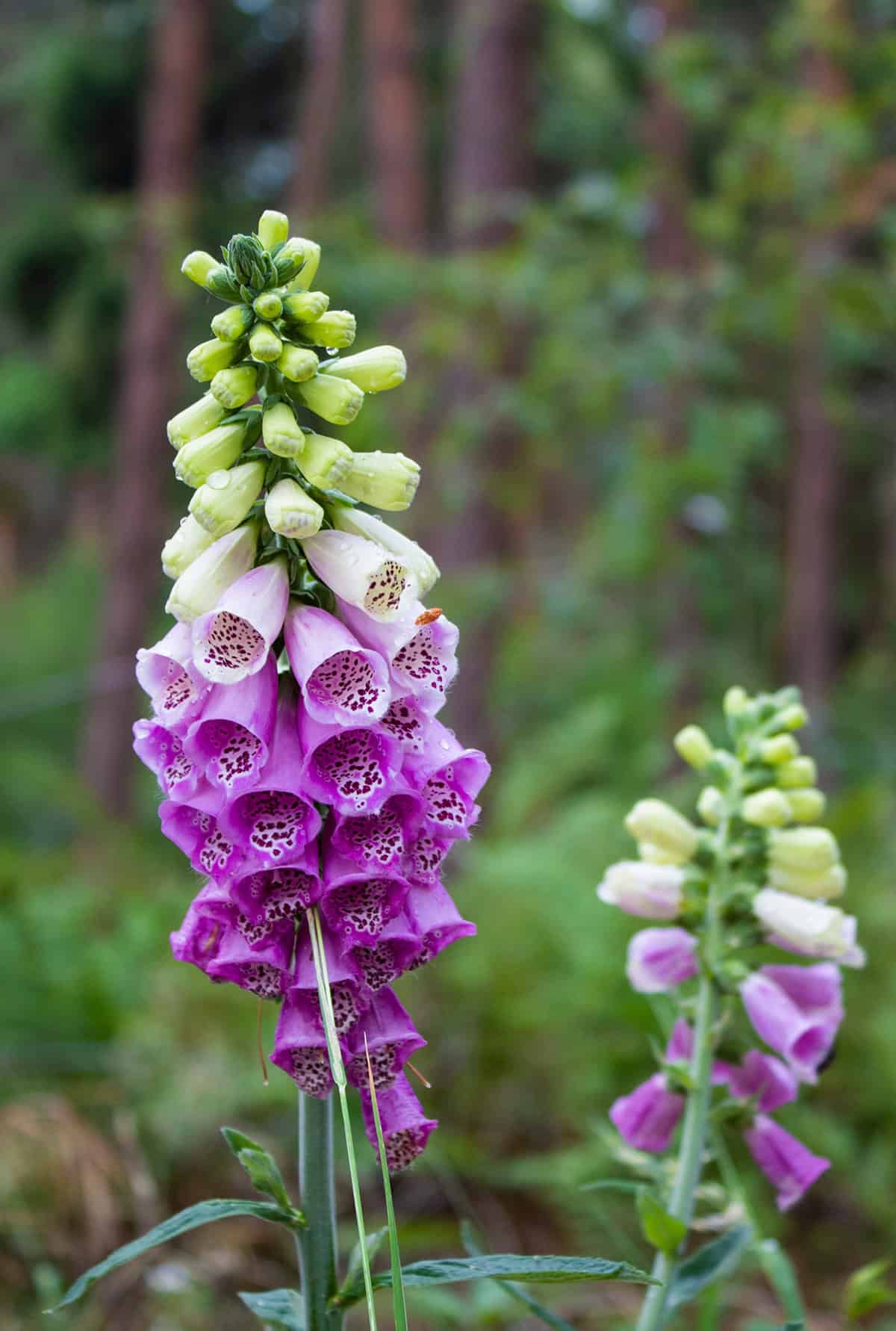
Foxgloves spend winter as leafy rosettes, then shoot up with dramatic blooms come late spring. Sow seeds or transplant young plants now if it’s not too cold.
They do best in humus-rich, well-drained soil and partial shade. Watch for slugs. Water during dry spells. Once they’re happy, they’ll self-seed and return.
Sweet Peas
Sweet peas love a chill, so November is prime time for sowing. You’ll get fragrant, colorful flowers from late winter on.
Find a sunny spot, rich soil, and something for them to climb. Soak seeds overnight before planting. Water until they sprout, then pinch back for bushier growth.
Iceland Poppies
These poppies need cool soil to start. Plant them in fall for pastel blooms on tall stems in spring.
They want sun and loose, lightly drained soil. Mix in a bit of compost before sowing. Avoid wetting the foliage from above. Deadhead to keep the flowers coming. They’re frost-tolerant, too.
Wallflowers (Erysimum)
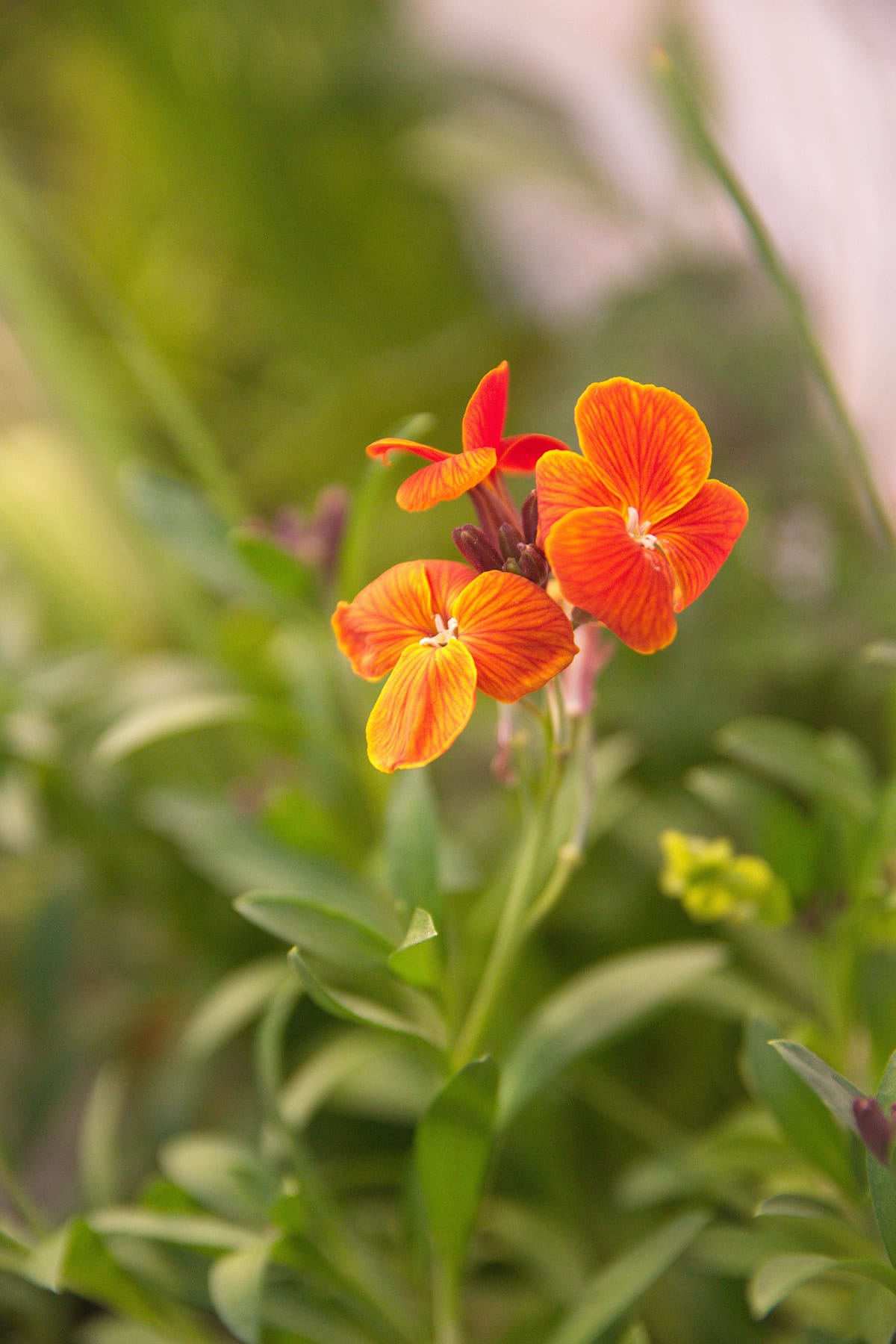
Wallflowers bring early color and a spicy scent. Plant in fall for sturdy roots before winter shows up.
They’ll take sun or part shade and aren’t picky about soil. Light mulch and occasional water are enough. After flowering, trim them back. They look great mixed with spring bulbs.
Anemones
Get anemone tubers in the ground now and you’ll have poppy-like blooms next spring. Soak tubers first to help them sprout quicker.
Pick a sunny or lightly shaded spot with loose, rich soil. Water as shoots appear, but don’t let things get soggy. Mulch helps in colder areas. Flowers show up in waves.
Ranunculus
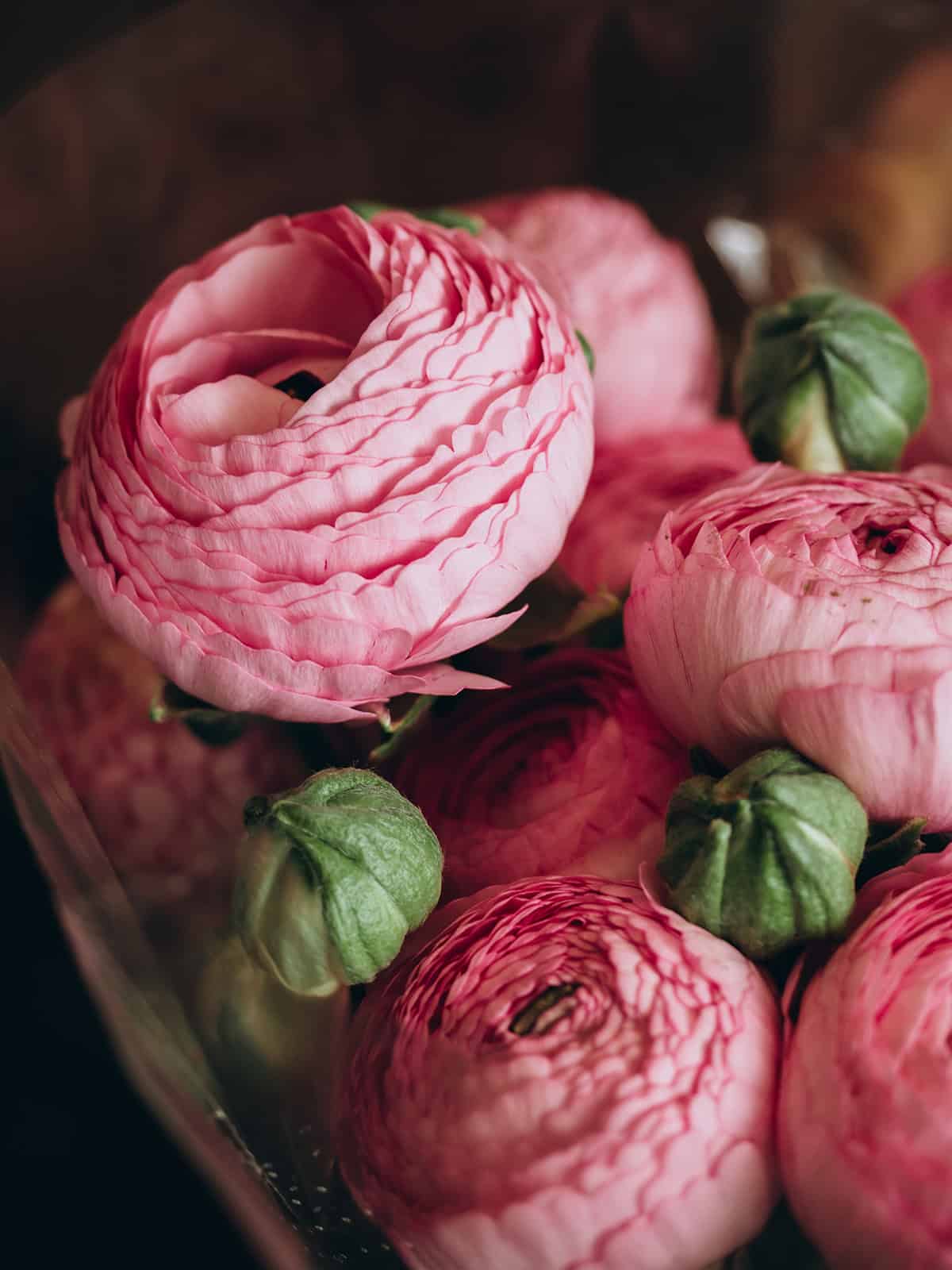
In mild-winter regions, ranunculus corms can go in late fall. Their layered, rose-like flowers are worth the wait.
They like sun and well-drained soil. Plant “claws” down a couple inches deep. Fertilize lightly and water only when it’s dry. Protect from hard freezes if you want them back next year.
Tulip Bulbs (For Spring Bloom)
Still got unfrozen ground? November’s perfect for tulip bulbs. They’ll put down roots now and explode with color in spring.
Sunny spots and quick-draining soil give the best results. Bury bulbs 6-8 inches deep, pointy side up. Water well at planting and consider bulb food. Mesh can keep rodents at bay.
Daffodil Bulbs (For Spring Bloom)
Daffodils want to be in the ground before a hard freeze. Once planted, they’re low maintenance and multiply over the years.
Dig holes three times as deep as the bulbs are tall. Give them space for airflow. They’ll tolerate most soils and light shade. Water after planting, but skip soggy spots.
Hyacinth Bulbs (For Spring Bloom)
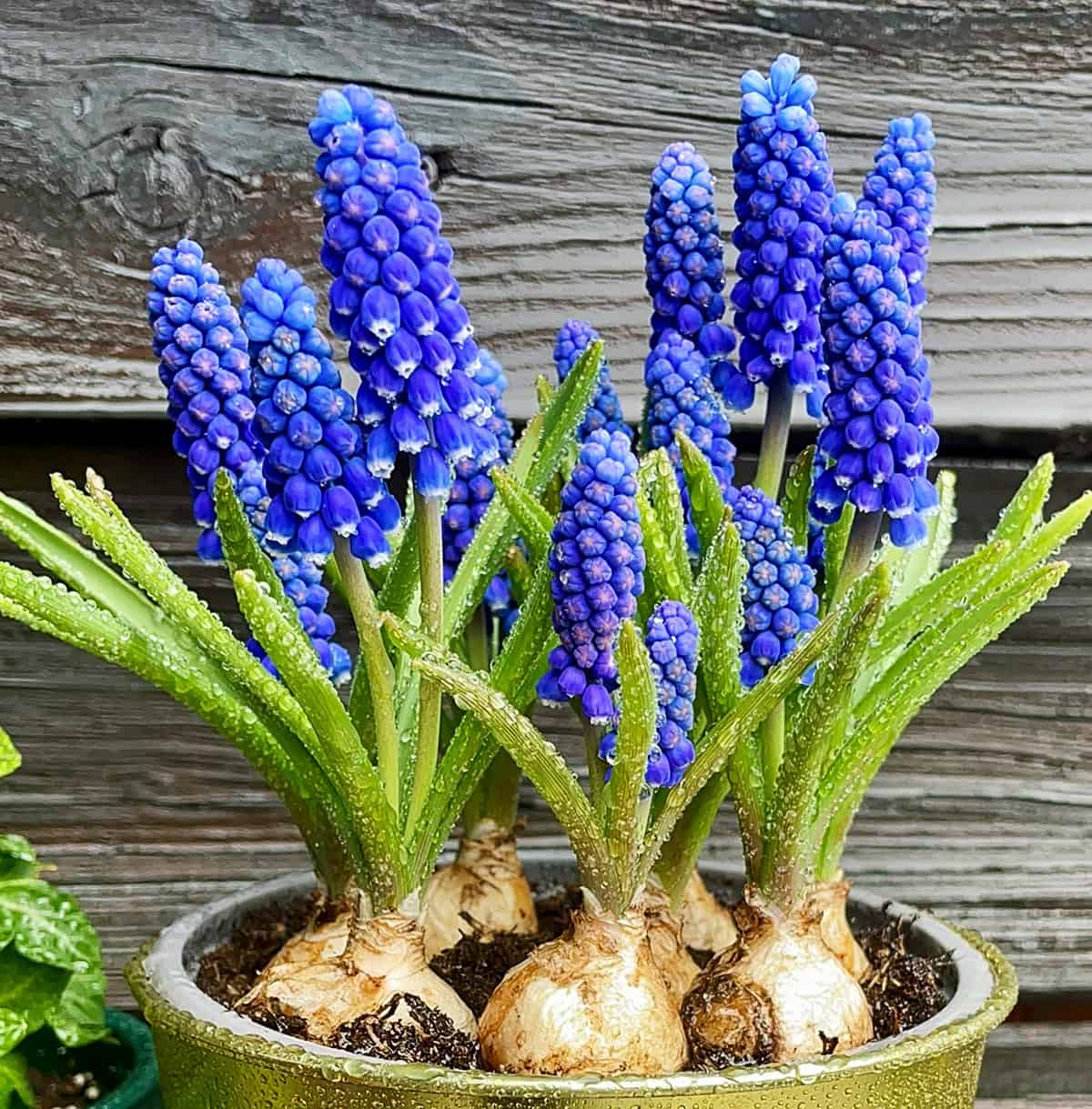
Hyacinths deliver early spring fragrance and color. Late October to early November is best for planting.
Full or partial sun and well-drained soil are key. Set bulbs 4-6 inches deep. Gloves help—some folks get skin irritation from the bulbs. Water and mulch after planting to lock in moisture.
Crocus Bulbs (For Spring Bloom)
These little guys are some of the first to pop up in spring, sometimes even peeking through leftover snow. If you get them in the ground by November, they’ve got plenty of time to settle in.
Try scattering the bulbs in loose groups for a more natural look—nature doesn’t do perfect lines, right? They really prefer light, well-drained soil. Just tuck each corm about 3 inches down and space them a few inches apart. Give them a drink after planting, then toss on some light mulch. Before you know it, you’ll have a splash of color right when you need it most.
